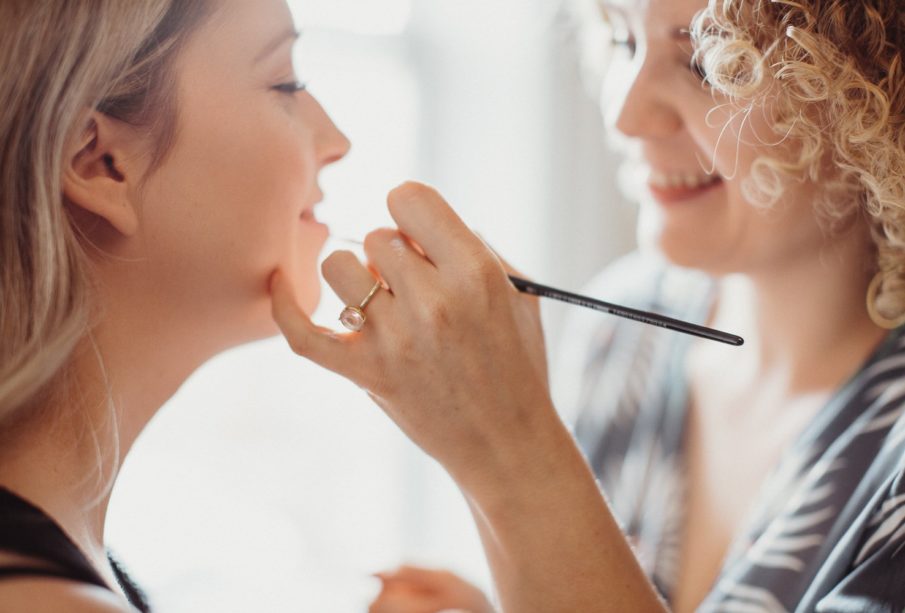Reasons for Switching to Green Beauty

We are aware of the dangers of toxic accumulation and strive to put as little toxins into/onto our bodies as feasible. Toxins build up because our bodies don’t know how to absorb and assimilate these foreign substances, so they circulate and strain our systems instead of becoming food and nourishment for our cells. Conventional cosmetic and body products, believe it or not, might be one of the major contributors to our toxic burden. People are significantly more likely to believe that chemicals, rather than natural or green cosmetic products, or diet/lifestyle variables, are to blame for youthful skin.
There is no official definition of “green beauty,” and no independent accreditation exists for it. The only thing that everyone agrees on is that it is a very promising and rapidly rising sector that will soon be worth more than $40 billion, despite the fact that it was only a decade ago a small niche market. In the year 2020, beauty brands can be really green simply by implementing what the name green implies.
Synthesised compounds that aren’t present in nature aren’t included. Why? To prevent our bodies from reacting to unknown compounds in the short or long term. Because our bodies aren’t designed to digest or store them, the precautionary principle should rule them out. Only man-made substances that already exist in nature should be allowed in green beauty. utilising “positive discrimination” for plant ingredients: a plant ingredient should not be replaced by any industrial counterpart as long as it is accessible. Utilising “positive discrimination” for organic plants: the objective of employing plants is to provide effective skincare; your cream or serum should not contain any residues of GM plants, pesticides, or herbicides. Organic certifications (for the entire product rather than just one or two ingredients) are a good place to start.
In general, “green beauty” is an umbrella word that refers to completely natural skincare that is created in the lab using natural or naturally derived substances. Some could go even further and argue that green beauty products should be manufactured from renewable and sustainable materials. “Eco beauty” is another term for green beauty.
Consider that our skin is our greatest organ, absorbing up to 70% of what we put on it topically. Although there are many components that need more research, several have been proven to be hazardous or problematic to the human body and the environment. Chemicals like phthalates, for example, have been identified as probable hormone disruptors in various medical researches.
In July 2018, the state of Hawaii signed legislation prohibiting the use of chemical sunscreens by 2021, citing evidence that they affect coral reef ecosystems and other marine life. These are just a few of the reasons why switching to green beauty is a good idea for both your health and the environment. You can more easily navigate the difficult waters of choosing skincare that is good for you and Mother Nature now that you understand what green beauty and all of its variants imply.












